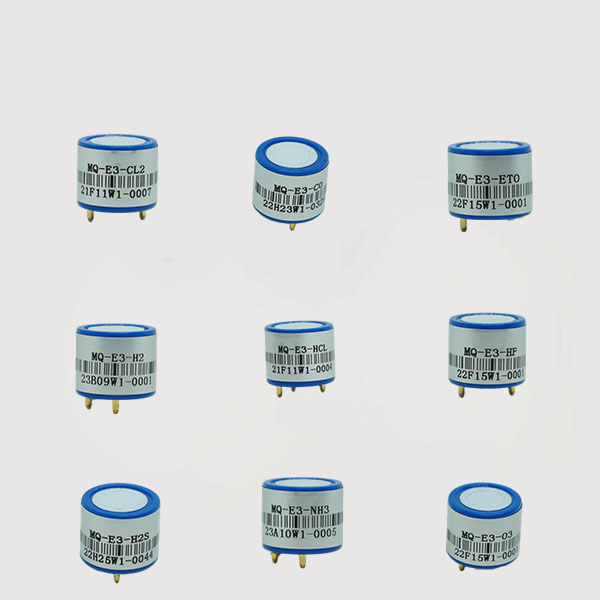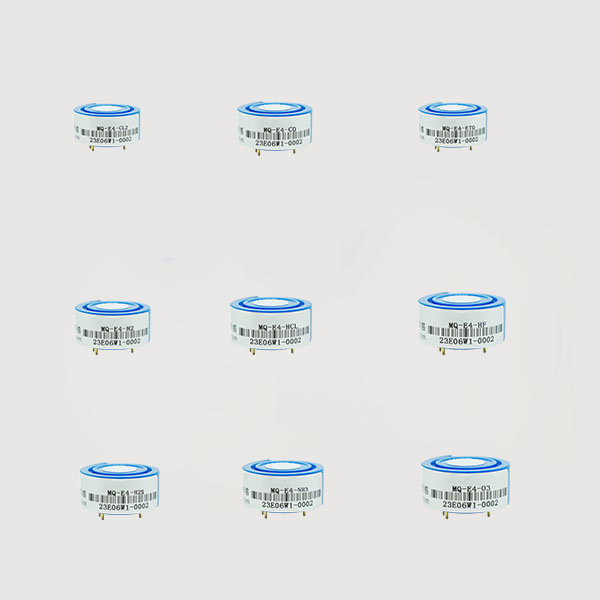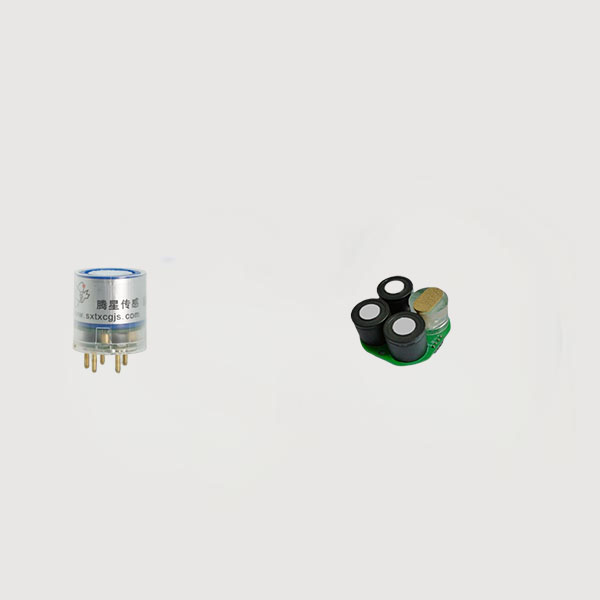

 News
News Industry News
Industry NewsAbout toxic and harmful gases
Currently known toxic gases can be divided into irritating gases and asphyxiating gases according to their toxic properties.
Irritating gases refer to gases that are irritating to the eyes and respiratory mucosa. There are many types of irritating gases, the most common of which are chlorine, ammonia, nitrogen oxides, phosgene, hydrogen fluoride, sulfur dioxide, sulfur trioxide and dimethyl sulfate.
Asphyxiating gases refer to toxic gases that can cause hypoxia in the body. They can be divided into simple asphyxiating gases, blood asphyxiating gases and cell asphyxiating gases. Such as nitrogen, methane, ethylene, carbon monoxide, nitrobenzene vapor, hydrogen cyanide, hydrogen sulfide, etc.
Where do these toxic and harmful gases come from?
With the gradual improvement of the degree of industrialization in China, the environment where toxic gases are produced has gradually increased. In scenes such as artificial fibers, dyes, chemicals, oil refineries, sulfuric acid plants, industrial and mining enterprises, and transportation, the probability of toxic gases being produced is increasing. In many aspects of life, you may be exposed to toxic and harmful gases.
Ways of generating toxic and harmful gases
Urban sewer sewage decomposition, fermentation hydrogen sulfide, ammonia, biogas storage (chemical) septic tank (pit) feces, urine fermentation to produce ammonia, hydrogen sulfide;
Methane, ammonia, carbon dioxide, hydrogen sulfide are produced by fermentation of organic matter in biogas tanks;
Respiration and corruption of vegetables, potatoes, and fruits in vegetable (potato) cellars and fruit cellars to produce carbon dioxide, hydrogen sulfide, and ammonia;
Vegetables in pickle pools rot and produce hydrogen sulfide and ammonia;
Fermentation tanks ferment and produce carbon dioxide;
Coal kilns (mines) kilns (wells) store gas, explosions and collapses to produce methane, carbon dioxide, and carbon monoxide;
Biological respiration in cargo ship bottom holds, carbon dioxide and carbon monoxide from internal combustion engine exhaust;
Biological respiration and exhaust from deep-water caisson operations;
How to monitor toxic and harmful gases?
Since the 1980s, electrochemical sensors have been used to monitor a variety of toxic gases and have shown good sensitivity and selectivity.
Electrochemical sensors are based on the electrochemical properties of the object to be measured and convert the chemical quantity of the object to be measured into electrical quantity for sensing detection. Among all the types of sensors available for gas monitoring, electrochemical sensors have the lowest power consumption and are most widely used in toxic and harmful gas monitoring in the industrial field.
Tensensor sensor solution
1. MQ-E3 series electrochemical gas sensor MQ-E3 series is a typical 4 series electrochemical product that can detect a wide range of gases. The product has three electrodes and basically meets the long-term stability requirements, life requirements, accuracy and resolution requirements of all industries.

2. MQ-E4 series electrochemical gas sensor MQ-E4 series is a four-electrode electrochemical gas sensor, mainly used in quantitative and qualitative detection of gases in industries, coal mines and environmental protection.

3. Electrochemical module series The electrochemical module has been calibrated and amplified, with serial port and analog voltage output, making it more convenient to use.

Tensensor electrochemical series toxic gas sensors have stable and reliable performance, high sensitivity and good selectivity. They can be used to detect many common toxic gases such as carbon monoxide, hydrogen sulfide, ammonia, chlorine, sulfur dioxide, phosphine, nitrogen dioxide, etc. They are widely used in portable instruments and online monitoring equipment in civil and industrial fields. For more sensor solutions, please contact us~
ShanXi TengXing Sensor Technology Co.,Ltd
Web: www.tensensor.com
Email: [email protected]
Tel/WhatsApp: 86 18335818384